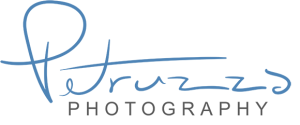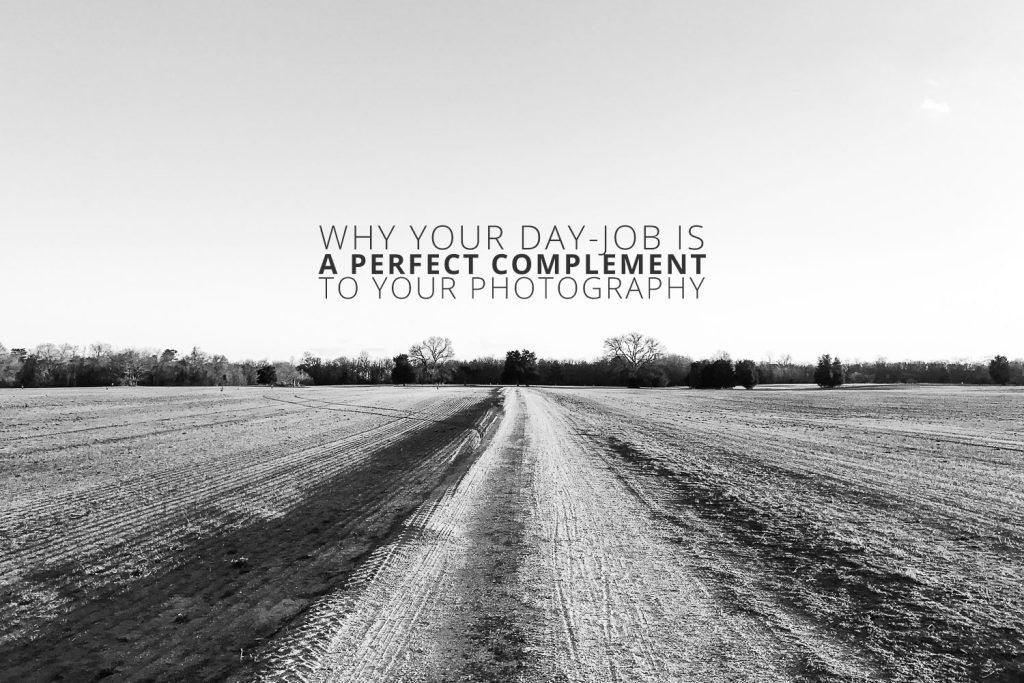Do you know what the heart of photography really is? Once upon a time, 80% of photography was knowing how to operate the camera mechanism. The other 20% was seeing. Today, cameras do most of the really technical work and the numbers have flipped. About 20% of the work now is technical, which is good, because the other 80%, the seeing part, is much more challenging and you’ve got to work much harder to master it. It’s also the only part that really makes a photograph interesting. No one has ever looked at a mediocre picture and thought, “yeah, but they got the shutter speed perfect”. Though they have sometimes looked at a technically imperfect photo and thought, “boy, that sure is interesting”.
So, what does it mean to “see”, then? Seeing, in this context, means to notice what others overlook; the juxtaposition or alignment of ideas and concepts exemplified in the real world; seeing the forest in spite of the trees; making shapes out of shadows, and seeing movement in the stationary. If you walked a skilled photographer through your home, they would see things in your space and decor choices that have become almost wholly invisible to you.
Perhaps you remember taking a vacation to a foreign country, or to a new city. You who is not trained to see like a photographer, is suddenly seeing everything. Visiting somewhere brand new briefly gives the untrained eye a photographer’s power to see. When you visit some place new, there isn’t anything mundane, so you notice. You think, “that would be an awesome picture”, and perhaps you pull out your phone real quick. That’s a taste of how a photographer’s brain works. But, this is the real skill photographers work so hard to achieve: The ability to see what they’ve already seen.
People who say “I’m a bad photographer” are really saying, “I don’t know how to see a good picture”. But, you do. You just have to slow your mind down, gaze on the world around you mindfully, and sometimes choose to pull out your camera. The thing is, what is mundane and almost invisible to you, may be the once-in-a-lifetime shot of some desperate photographer out there. You have access to it, they do not. However, they would be able to see it, but you do not. Not anymore anyway.
Think about the things your life has given you access to, where perhaps others are restricted. Do you repair airplanes? Most photographers have no opportunity to get so close to an airplane (unless they’re boarding it), let alone the guts inside. Are you a trash collector? I’ll bet you see some pretty unique junk that a photographer would only be lucky to stumble across in a dingy old antique store. Do you drive a delivery truck? You probably find yourself, daily, in a city’s nooks and crannies that a photographer can only speculate about. Do you work retail? Most stores don’t let photographers in the back. Stay-at-home-momming? It’s harder than you’d think to borrow a baby.
If photography is so much about seeing, then realize that there are things you get to see which most photographers are not privy to in any normal course of their day or week or year. If you could see like a photographer—which is to say, see that which might otherwise become invisible through familiarity—then you would be uniquely positioned to create beautiful, interesting images that are not only good photographs, but eye catching photographs, because they come from a context only a limited number of people actually have the chance to see or work with.
Photography is an excellent creative complement——perhaps the definitive creative complement——to whatever else you do with your life. You’re a short walk away from sufficiently grasping the technical side of photography, and perhaps just across town from noticing the shapes, colors, lines coordinations and juxtapositions that have become invisible to you.
If you’re interested in photography as a hobby, but perhaps have not yet taken the plunge because you’re so busy with something else, I urge you to try and merge them together. Just because you don’t have the time to go out into the wilderness and spend hours taking photos of birds in some unique location, doesn’t mean you shouldn’t start the process of learning to see like a photographer right away. You’re day job gives you access to opportunities for interesting photography that full time photographers don’t even get to play with, except perhaps rarely, when a client might ask.
Your phone is a perfectly capable camera, your mind is perfectly capable of seeing like a photographer, and your circumstances are unique (to someone, somewhere). All you have to do is try. If you ever have to hire a photographer, I hope you’ll be hiring someone for their ability to see, not just their ability to work a camera. And likewise, when you see an amazing photo, I hope you’re impressed by the eyes and not the lens. And when you’re proud of a photo you’ve taken, I hope you’re proud because you saw it, not because you happened to be there when it happened.
I’d love to see the images you create—so tweet at me. And if you’d like to learn more about what we do, check out our weddings, portraits and professionals pages for details.

